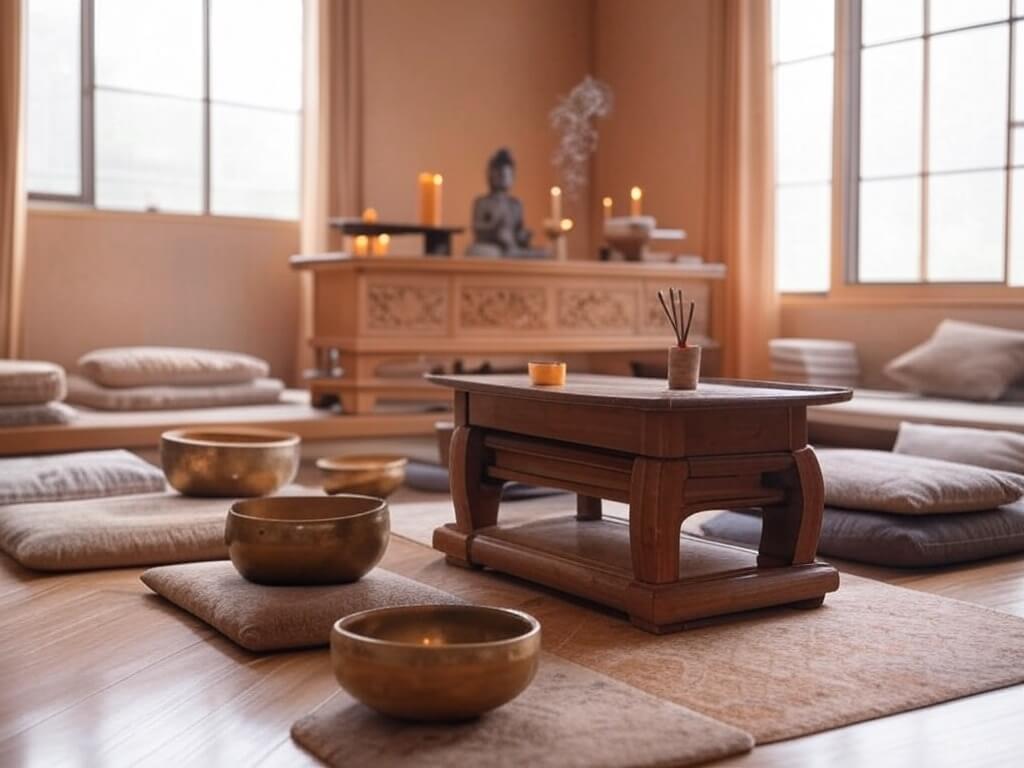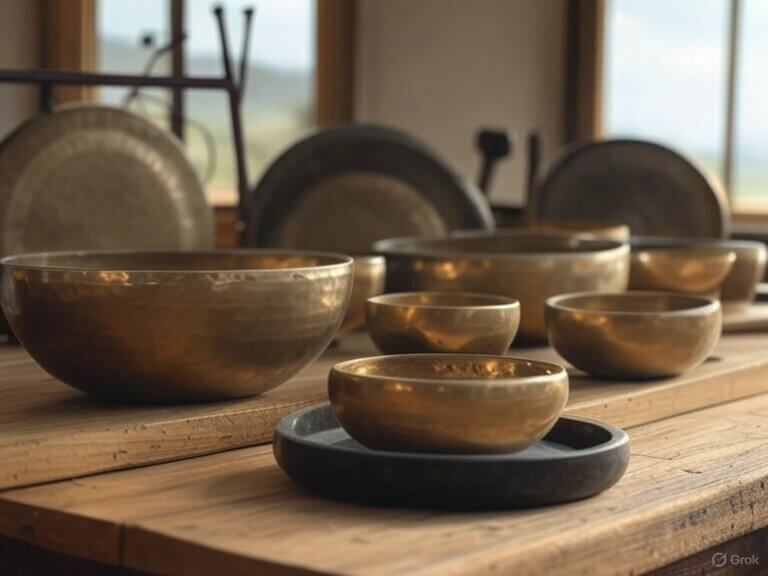In the world of spiritual and sound healing, the environment plays a pivotal role in facilitating transformation. Healers understand that a well-designed sacred space can enhance the healing experience, helping individuals feel safe, grounded, and open to profound shifts. Whether it’s a cozy room filled with the resonance of singing bowls or an outdoor setting bathed in natural light, the creation of these spaces is both an art and a science. This article explores how spiritual and sound healers design environments that foster deep healing and transformation, offering insights into the elements that make these spaces so powerful.
The Importance of Intention in Sacred Space Design
At the core of every sacred space is intention. Spiritual and sound healers begin by setting a clear purpose for the environment, whether it’s to promote relaxation, emotional release, or spiritual connection. This intention guides every decision, from the placement of objects to the choice of colors and sounds. For example, a healer might choose to face a space eastward to align with the rising sun, symbolizing new beginnings, or incorporate elements like water to evoke flow and cleansing. By infusing the space with intention, healers create an energetic foundation that supports the transformative work they facilitate, allowing participants to feel the purpose of the space as soon as they enter.
Harnessing the Power of Natural Elements
Nature is a cornerstone of sacred space design, as it naturally resonates with the human spirit. Healers often incorporate the four elements—earth, air, fire, and water—to create balance and harmony. A small indoor fountain might represent water, bringing a soothing sound and sense of flow, while candles or a fireplace can embody fire, symbolizing transformation and warmth. Plants or crystals might be used to ground the space with the energy of the earth, and open windows or incense can invite the element of air, promoting clarity and breath. By weaving these natural elements into the environment, healers create a multisensory experience that helps participants feel connected to the world around them.
The Role of Sound and Vibration in Sacred Spaces
For sound healers, the auditory environment is just as important as the visual one. Instruments like singing bowls, gongs, and chimes are often placed strategically to ensure that their vibrations can fill the space evenly. Some healers use specific frequencies, such as the 432 Hz “healing frequency,” to promote relaxation and alignment. Beyond instruments, the acoustics of the room are carefully considered. The goal is to craft an auditory landscape that feels immersive and supportive, allowing participants to fully surrender to the vibrations and experience their transformative effects.
Creating Visual Serenity with Color and Light
The visual aesthetic of a sacred space can profoundly influence the emotional state of its occupants. Spiritual and sound healers often choose colors that align with the energy they wish to cultivate—soft blues and greens for calmness, warm golds and oranges for vitality, or purples for spiritual insight. Lighting is equally important; harsh fluorescent lights are typically avoided in favor of natural light, candles, or dimmable lamps that create a soft, nurturing glow. Some healers also incorporate sacred geometry into the decor to subtly influence the space’s energy. These visual elements work together to create an atmosphere of serenity and focus, inviting participants to let go of external distractions.

Personalization and Energetic Clearing
Every sacred space is unique, often reflecting the healer’s personal style and the needs of their clients. Some healers might include personal touches, like a cherished crystal or a piece of artwork that holds spiritual significance, to infuse the space with their own energy. Before a session, many healers perform an energetic clearing—using practices like smudging with sage, ringing bells, or chanting—to remove any stagnant energy and create a clean slate. This process ensures that the space feels fresh and receptive, allowing participants to engage fully with the healing experience without interference from residual energies.
Fostering a Sense of Safety and Community
A sacred space isn’t just about aesthetics—it’s about creating an emotional environment where participants feel safe and supported. Healers often arrange seating in a circle to foster a sense of community and equality, encouraging connection among participants. Comfort is prioritized, with soft cushions, blankets, and mats provided to help individuals relax fully. Some healers also set up an altar as a focal point, adorned with meaningful objects like feathers, stones, or statues, to anchor the space and provide a visual reminder of the sacred work taking place. By cultivating this sense of safety and belonging, healers enable participants to open up and engage deeply with the healing process.
Adapting Sacred Spaces for Modern Needs
In today’s world, sacred spaces are evolving to meet modern needs. With the rise of virtual sound healing sessions, healers are finding ways to create sacred environments in digital formats—using calming backgrounds, ambient lighting, and high-quality audio to replicate the in-person experience. For in-person settings, healers are also adapting to urban environments, where space might be limited, by using portable tools like foldable altars or compact instruments. Despite these challenges, the core principles of sacred space design remain the same: to create an environment that feels intentional, nurturing, and conducive to transformation. As spiritual and sound healing continue to grow in popularity, these sacred spaces will remain a vital part of the journey toward wholeness.
Disclaimer:
Marysol Ximenez-Carrillo’s work lies in the field of energy and sound healing.
She is not a licensed medical practitioner and makes no claim in this regard.
Her services may compliment, but not replace conventional medical treatments and consultations.
Always consult with a healthcare professional for medical advice.
Her work is not a substitute for a consultation or treatment by a doctor.
All of the information offered, is given only as ”Spiritual Information/Advice”.
She is not liable for any kind of repercussion incurred as a direct or indirect consequence of the utilization or interpretation of the meditations/energy and sound healing.








